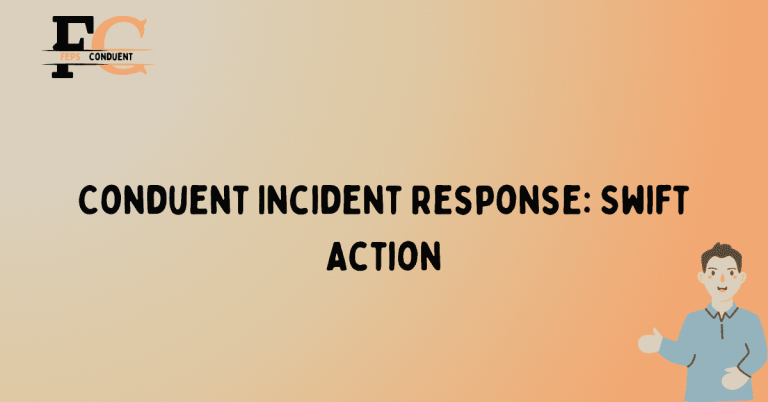Creating Access Policies for FEPs: Best Practices

When it comes to managing access policies for Front End Processors (FEPs), it is crucial to follow best practices to ensure the security and efficiency of your system. FEPs play a critical role in processing transactions and handling customer interactions, making it essential to have robust access policies in place. By implementing proper access controls, you can minimize the risk of unauthorized access, data breaches, and system failures.
Understanding the Importance of Access Policies
Access policies are crucial for managing Front End Processors (FEPs) as they ensure the security and efficiency of your system. FEPs play a critical role in processing transactions and handling customer interactions, making it essential to have robust access policies in place.
Implementing Proper Access Controls
By implementing proper access controls, you can minimize the risk of unauthorized access, data breaches, and system failures. Access controls include mechanisms such as strong passwords, multi-factor authentication, and role-based access control (RBAC) to ensure that only authorized individuals can access the FEPs.
Creating Access Policies
When creating access policies, it is important to consider factors such as user roles, levels of access required, and the principle of least privilege. Access policies should specify who has access to the FEPs, what actions they can perform, and under what conditions they can access the system.
Regularly Reviewing and Updating Access Policies
To maintain the effectiveness of access policies, it is crucial to regularly review and update them. This includes removing access for individuals who no longer require it, updating access levels based on changing roles or responsibilities, and staying up-to-date with security best practices.
Monitoring and Auditing Access
Monitoring and auditing access to FEPs is essential for identifying and investigating any suspicious activities. By implementing logging and monitoring systems, you can track access attempts, detect potential security breaches, and take appropriate action to mitigate risks.
Educating Users on Access Policies
It is important to educate all users on the access policies in place for FEPs. This includes providing training on secure password practices, the importance of protecting login credentials, and the potential consequences of unauthorized access. Regular reminders and awareness campaigns can help reinforce these policies.
Conducting Regular Security Assessments
Regular security assessments are essential to identify any vulnerabilities in your access policies or FEPs. This includes conducting penetration testing, vulnerability scanning, and risk assessments to ensure that your access controls are effective and aligned with industry standards.
FAQs
What are access policies for FEPs?
Access policies for FEPs are a set of rules and guidelines that determine how users can access and interact with Front End Processors (FEPs) in a secure and efficient manner. These policies ensure that only authorized individuals or systems can access FEPs and that their actions are restricted to appropriate functions.
Why are access policies important for FEPs?
Access policies are crucial for FEPs because they help protect sensitive information and ensure the integrity of the system. By defining who can access FEPs and what actions they can perform, access policies minimize the risk of unauthorized access, data breaches, and malicious activities.
What are the best practices for creating access policies for FEPs?
When creating access policies for FEPs, it is important to follow these best practices:
- Clearly define the roles and responsibilities of users who will interact with FEPs.
- Implement the principle of least privilege, granting users only the necessary access rights for their specific tasks.
- Regularly review and update access policies to align with changing requirements and security standards.
- Enforce strong authentication measures, such as two-factor authentication, to verify the identity of users.
- Implement encryption and secure communication protocols to protect data transmitted to and from FEPs.
- Monitor and audit access logs to detect and investigate any suspicious activities.
How can access policies be enforced for FEPs?
Access policies for FEPs can be enforced through various mechanisms, including:
- Role-based access control (RBAC), where access rights are assigned based on a user’s role or job function.
- Multi-factor authentication (MFA), requiring users to provide multiple forms of identification to access FEPs.
- Network segmentation, isolating FEPs from other systems and controlling access through firewalls and network policies.
- Regular security assessments and penetration testing to identify vulnerabilities and weaknesses in access controls.
What are the potential risks of not having access policies for FEPs?
Without proper access policies for FEPs, organizations may face several risks:
- Unauthorized access to sensitive data and systems, leading to data breaches and loss of intellectual property.
- Malicious activities, such as unauthorized modifications or disruptions to FEPs, causing operational disruptions.
- Non-compliance with industry regulations and data protection laws, resulting in legal and financial consequences.
- Inefficient use of resources, as users may have unnecessary access rights or perform actions beyond their scope.
How should access policies for FEPs be communicated to users?
Effective communication of access policies is essential to ensure user compliance. Organizations can follow these strategies:
- Provide clear and concise documentation outlining the access policies, including the reasons behind them and the consequences of non-compliance.
- Offer training sessions or workshops to educate users about the importance of access policies and how to adhere to them.
- Regularly remind users of their responsibilities and any updates or changes to the access policies through email notifications or internal communication channels.
- Establish a helpdesk or support system to address any questions or concerns related to access policies.






